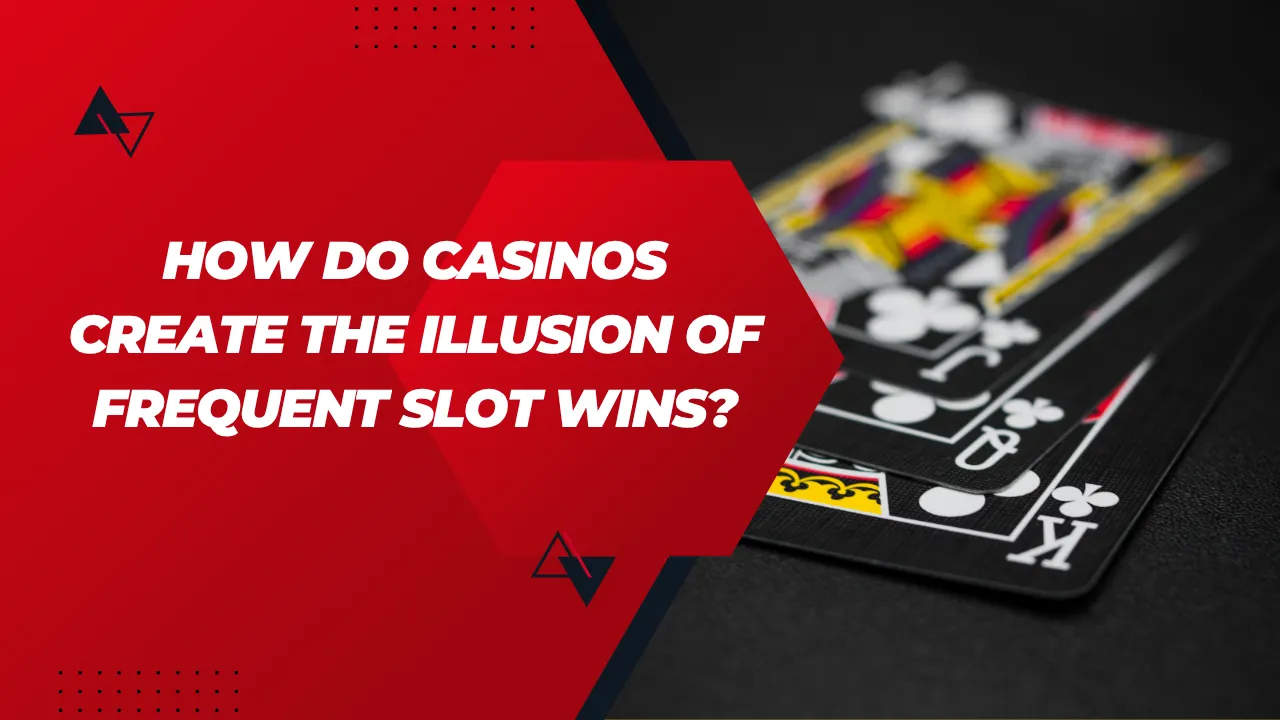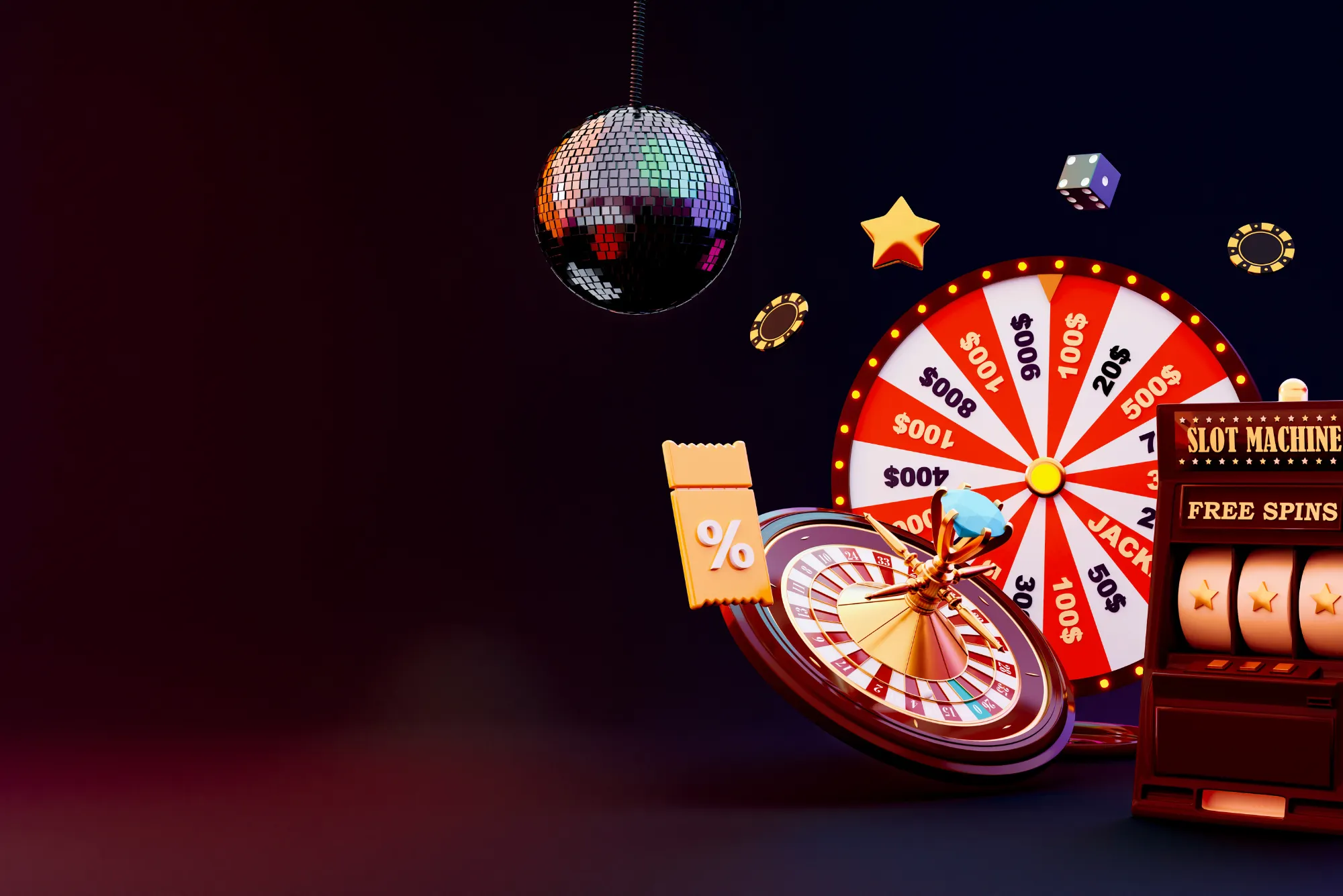Slot machines are often the most popular attraction in casinos. The flashing lights, vibrant sounds, and the excitement of seeing reels spin have made slots an iconic part of gambling culture. But beneath the surface, casinos use a blend of psychology, technology, and design to create the impression that players are winning more often than they really are.
From personal observation and industry research, it’s clear that the “illusion of frequent wins” is not accidental. It’s a carefully designed experience, built to keep players engaged, entertained, and coming back for more. Understanding how this illusion works can help players make more informed choices while appreciating the artistry behind casino design.
The Psychology of Near-Misses
One of the most powerful psychological tools in slot design is the “near-miss” effect. This occurs when a player spins the reels and the outcome lands just short of a winning combination — for instance, two jackpot symbols followed by a third that barely misses the payline.
To the brain, a near-miss doesn’t feel like a loss; it feels like being “so close” to winning. Neuroscientific studies have shown that near-misses activate reward-related areas of the brain in much the same way as actual wins do. This trick keeps players motivated, convincing them that a big win could be just around the corner.
It’s this mechanism that makes slot play uniquely sticky compared to other forms of gambling. A near-miss might logically be no different from a total loss, but emotionally it keeps players hooked.
Small Wins That Don’t Cover the Bet
Another clever design feature is what’s often referred to as a “loss disguised as a win.” This happens when players bet, say, $1.00 on a spin but receive a payout of $0.30 or $0.50. The machine still flashes lights, plays celebratory sounds, and reinforces the moment as though it were a real win.
While the player has technically lost money, the brain perceives it as a reward. Over time, these small, frequent “wins” create the impression that the game is paying out more often than it really is. This keeps morale high and helps maintain longer play sessions.
Lights, Sounds, and Sensory Stimulation
Casinos know that humans respond strongly to multisensory experiences. Slot machines are designed to be bright, loud, and immersive. Every time the reels spin, sounds are carefully programmed to trigger excitement, anticipation, and pleasure.
Winning sounds are deliberately exaggerated, often louder and longer than losing spins. Even modest wins come with celebratory tones, creating the impression that success is happening constantly around the player. Combine this with flashing lights, colorful animations, and interactive features, and the result is an environment where players feel surrounded by positivity and excitement, even if their bankroll is shrinking.
Weighted Reels and RNG Design
Behind the entertainment, the actual outcomes of slot machines are controlled by Random Number Generators (RNGs). These algorithms ensure fairness by producing random results, but the way symbols are weighted influences how often certain outcomes appear.
For example, jackpot symbols may appear more frequently on the first two reels and less often on the final reel. This increases the chance of creating near-misses while still keeping the actual jackpot odds low. The effect is a higher number of “almost wins” that fuel excitement without significantly increasing payout percentages.
This design is fully legal and regulated, but it demonstrates how casinos use technology to create compelling illusions of frequent success.
The Social Illusion of Winning
Casinos also amplify the perception of frequent wins through social influence. On a casino floor, players often hear the sound of coins dropping (real or simulated), jackpot alarms, or other machines celebrating wins. These constant cues create the sense that “people are winning everywhere,” even though the majority of outcomes are losses.
In online environments, similar techniques are used. Pop-ups announcing other players’ wins, leaderboards, or live updates about jackpot payouts create a sense of community success. It reinforces the belief that wins are not only common but potentially within reach for anyone playing.
The Transition to Online Slots
The illusion of frequent wins isn’t confined to physical casinos. Online slot platforms have perfected many of the same techniques. Bright animations, quick loading times, and interactive bonus rounds all work together to simulate the thrill of a busy casino floor.
Players who explore slot sites uk will notice that digital slots are just as engaging — if not more so — than their land-based counterparts. These platforms combine the science of near-misses, sensory design, and small payouts with modern graphics and user-friendly interfaces, making the illusion of frequent wins even more convincing.
Why the Illusion Works So Well
The brilliance of these systems lies in their ability to tap into human psychology. Our brains are wired to chase rewards, and casinos provide a steady drip of stimulation that mimics winning. Even without large payouts, the combination of near-misses, celebratory feedback, and social proof creates a compelling sense of progress.
For many players, this isn’t necessarily a bad thing. The entertainment value of slots often comes from the excitement of the experience, not just the potential for profit. However, it’s important for players to understand how the illusion works so they can enjoy responsibly and recognize the difference between entertainment and expectation.
Responsible Gaming and Player Awareness
Casinos may use these psychological tactics to keep players engaged, but responsible gaming remains an important part of the conversation. Awareness campaigns and tools like deposit limits, time reminders, and self-exclusion programs are becoming increasingly common across both physical and online platforms.
By understanding how slot machines create the illusion of frequent wins, players can make more informed choices about their play. Recognizing that small payouts and near-misses are part of the design — not indicators of luck changing — can help maintain a healthier balance between fun and spending.
Conclusion
Casinos have mastered the art of creating excitement through slot machines, blending psychology, design, and technology to give players the impression that wins are frequent. From near-misses and small payouts to sensory effects and social cues, every detail is crafted to maximize engagement.
While this may sound manipulative, it’s also what makes slots so entertaining. For players, the key is enjoying the experience while staying mindful of the realities behind the illusions. By approaching slots with awareness, it’s possible to appreciate both the thrill of the game and the clever design that makes it so captivating.








